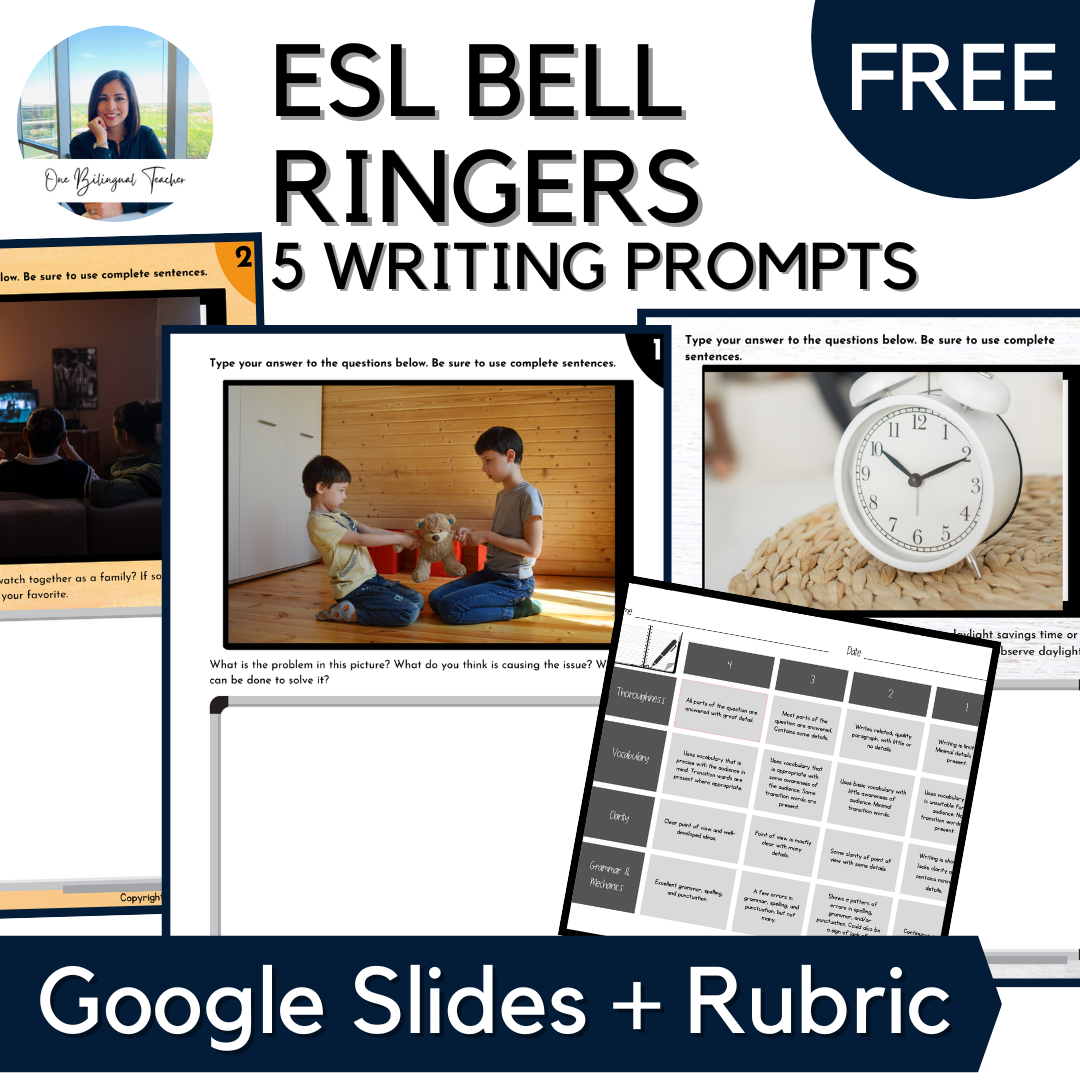10 Best Vocabulary-Building Activities for ESL Students
Original Post 8/9/23
Building vocabulary is essential for ESL students, but it doesn’t have to mean endless flashcards and memorization. I’ve put together 10 of my favorite vocabulary activities that make learning words fun, interactive, and memorable. These work for different proficiency levels and bring vocabulary to life with creativity, movement, and a little bit of competition.
10 Best Vocabulary-Building Activities for ESL Students
Vocabulary Scavenger Hunt
What It Is: A vocabulary treasure hunt around the classroom or school where students search for words based on clues.
How to Do It: I create a list of vocabulary words and clues for each word’s location. I split the class into teams and give each team a clue to get started. Teams race to find word cards hidden around the area. The first team to collect all the word cards wins!
Why It Works: This activity keeps students moving, thinking, and engaged. They practice word recognition and teamwork—all while having fun! Check out these ready-made vocabulary scavenger hunts!
2. Vocabulary Board Game
What It Is: A board game where students practice vocabulary by defining, giving a synonym, or using words in sentences.
How to Do It: I make a game board with vocabulary words on each space. Students roll the dice, move, and share a definition, synonym, or sentence for the word they land on. If they get it right, they stay on the square; first to finish wins!
Why It Works: This game brings vocabulary into a relaxed, playful environment that encourages repetition and recall.
3. Vocabulary Taboo
What It Is: A team game where students describe vocabulary words without using "taboo" words.
How to Do It: I create vocabulary cards with “taboo” words that students can’t use. One team member describes the word without those terms, and the team has to guess the word. The team with the most correct guesses wins.
Why It Works: Vocabulary Taboo helps students think critically about how to explain a word and get creative with descriptions.
4. Vocabulary Sentence Relay
What It Is: A sentence-building relay game where students work together to make sentences with vocabulary words.
How to Do It: I write vocabulary words on strips of paper and give one to the first student in each team. They write a sentence with their word and pass it on. The relay continues until everyone has added a sentence. The team with the best, most creative sentences wins.
Why It Works: This relay activity builds creativity and sentence structure skills, plus it’s a great way for students to practice vocabulary in context.
5. Vocabulary Hot Seat
What It Is: A guessing game where students try to identify vocabulary words based on clues from their team.
How to Do It: One student sits in the “hot seat” with their back to the board. I write a vocabulary word on the board, and their team provides clues to help them guess the word. The team with the most correct guesses wins.
Why It Works: This high-energy game encourages listening, teamwork, and quick thinking—all essential skills for language learners.
6. Vocabulary Pictionary
What It Is: A drawing game where students illustrate vocabulary words while their team guesses.
How to Do It: I split the class into teams, give each team vocabulary words, and have one student at a time come up and draw a word. Their teammates guess the word based on the drawing.
Why It Works: Pictionary is a hit with visual learners and helps reinforce word meanings in a memorable, engaging way.
7. Word Bingo
What It Is: A bingo game where students mark vocabulary words as I call out definitions, synonyms, or sentences.
How to Do It: I create bingo cards with vocabulary words and call out clues. Students mark the words that match. The first to get bingo wins!
Why It Works: Vocabulary Bingo combines vocabulary recognition and listening practice in a low-pressure, enjoyable format.
8. Vocabulary Relay Race
What It Is: A relay race where students run to pick up vocabulary flashcards, then explain or use each word.
How to Do It: I place flashcards with vocabulary words at one end of the room and an empty container at the other. Teams race to collect flashcards, then explain or define each word. The team with the most correct answers wins.
Why It Works: This activity brings movement and excitement to vocabulary practice, making learning active and fun.
9. Vocabulary Memory Game
What It Is: A memory game where students match vocabulary words with definitions or images.
How to Do It: I create pairs of cards with vocabulary words and definitions (or pictures). Students take turns flipping two cards to find matches. The student with the most pairs at the end wins.
Why It Works: Vocabulary Memory helps reinforce word retention and comprehension through repetition and visual association.
10. Vocabulary Charades
What It Is: A charades game where students act out vocabulary words for their team to guess.
How to Do It: I write vocabulary words on slips of paper and place them in a container. A student selects a word and acts it out without speaking. The team with the most correct guesses wins.
Why It Works: Charades is a fun way for students to practice vocabulary recall and non-verbal expression, keeping vocabulary practice dynamic and memorable.
In a Nutshell
These vocabulary activities make it easy to bring creativity and energy to language learning. With these ideas, students won’t just memorize words—they’ll understand them, use them, and enjoy the process of learning.







